The endophytic Fusarium strains: a treasure trove of natural products
- PMID: 36686899
- PMCID: PMC9827111
- DOI: 10.1039/d2ra04126j
The endophytic Fusarium strains: a treasure trove of natural products
Abstract
The complexity and structural diversity of the secondary metabolites produced by endophytes make them an attractive source of natural products with novel structures that can help in treating life-changing diseases. The genus Fusarium is one of the most abundant endophytic fungal genera, comprising about 70 species characterized by extraordinary discrepancy in terms of genetics and ability to grow on a wide range of substrates, affecting not only their biology and interaction with their surrounding organisms, but also their secondary metabolism. Members of the genus Fusarium are a source of secondary metabolites with structural and chemical diversity and reported to exhibit diverse pharmacological activities. This comprehensive review focuses on the secondary metabolites isolated from different endophytic Fusarium species along with their various biological activities, reported in the period from April 1999 to April 2022.
This journal is © The Royal Society of Chemistry.
Conflict of interest statement
There are no conflicts to declare.
Figures



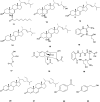




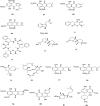




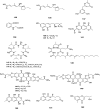



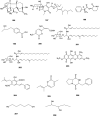


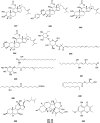
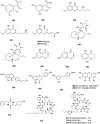






References
-
- Guo B. Wang Y. Sun X. Tang K. Appl. Biochem. Microbiol. 2008;44:136–142.
-
- Nisa H. Kamili A. N. Nawchoo I. A. Shafi S. Shameem N. Bandh S. A. Microb. Pathog. 2015;82:50–59. - PubMed
-
- Tawfik N. Abdo R. Abbott G. Abdelmohsen U. R. Edrada-Ebel R. Haggag E. J. Adv. Pharm. Educ. Res. 2017;1:66–74.
Publication types
LinkOut - more resources
Full Text Sources
Miscellaneous

